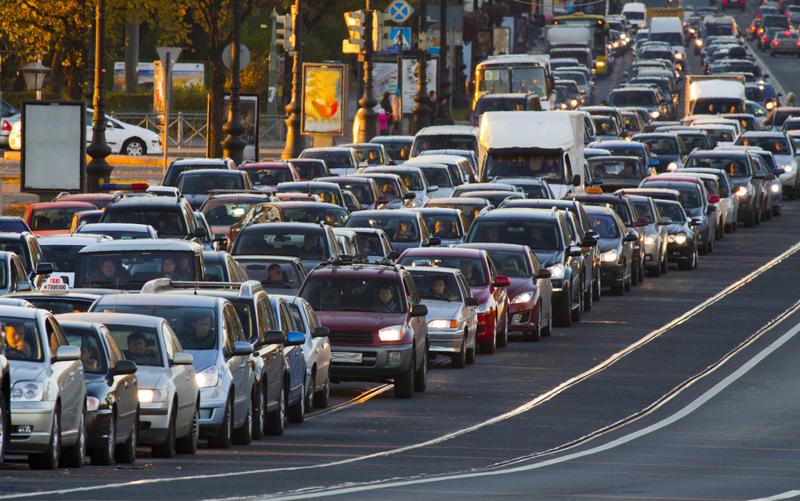Over the five-day Thanksgiving holiday — running Thanksgiving Day to the following Monday — nearly 197 million U.S. consumers spent at least a portion of it shopping, according to newly released statistics from the National Retail Federation. Not only was that figure higher than last year — when inflation wasn't as pronounced — it was an all-time record, amounting to an estimated 76% of consumers. That's up from 70% in 2021.
Cyber Monday sales were particularly brisk, with an estimated 77 million individuals hitting the e-stores, NRF data showed. Combined with those in brick-and-mortar stores, the shopper total was just shy of 100 million.
The flurry of shopping activity comes as a surprise to some economic observers, especially given the degree to which inflation has occupied the nation's attention. According to a Gallup poll, approximately 1 in 5 Americans believe inflation is the biggest problem facing the United States, more than crime, climate change, border security or other common challenges respondents cite as important.
Matthew Shay, president and CEO of the National Retail Federation, noted that holiday shopping regulars and revelers got more creative with their spending to maximize their dollar's value.
"As inflationary pressures persist, consumers have responded by stretching their dollars in any way possible," Shay explained. "Retailers have responded accordingly, offering shoppers a season of buying convenience, matching sales and promotions across online and in-store channels to accommodate their customers at each interaction."

Buyers taking advantage of convenience shopping
In some respects, the growth in spending and shopping activity makes sense — particularly as it pertains to the uptick in Cyber Monday buying. With gas prices still uncomfortably high across the country — averaging more than $4 in several states — shoppers are turning to their laptops, desktops and mobile devices to shop, avoiding the drive to stores. In terms of actual spending, sales topped $11 billion, based on initial performance results reviewed by Adobe Analytics. That's a near 6% surge from 2021. At one point, online users were spending roughly $13 million per minute, Adobe revealed.
Additionally, retailers incentivized shoppers to log on by offering doorbusting deals, done in part to dwindle excess inventory.
Vivek Pandya, lead analyst at Adobe Digital Insights, noted that this strategy paid off — quite literally.
"With oversupply and a softening consumer spending environment, retailers made the right call this season to drive demand through heavy discounting," Pandya told Retail Dive. "It spurred online spending to levels that were higher than expected, and reinforced e-commerce as a major channel to drive volume and capture consumer interest."
Black Friday was also a strong day for retailers, surpassing Cyber Monday in consumer traffic. Over 87 million took to the stores on the day after Thanksgiving, according to the NRF's data. Almost 73 million leveraged Black Friday deals via online means.



Post A Comment:
0 comments so far,add yours